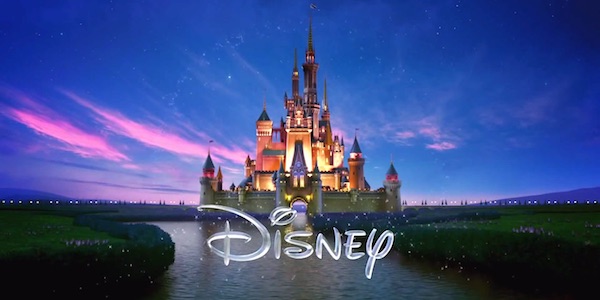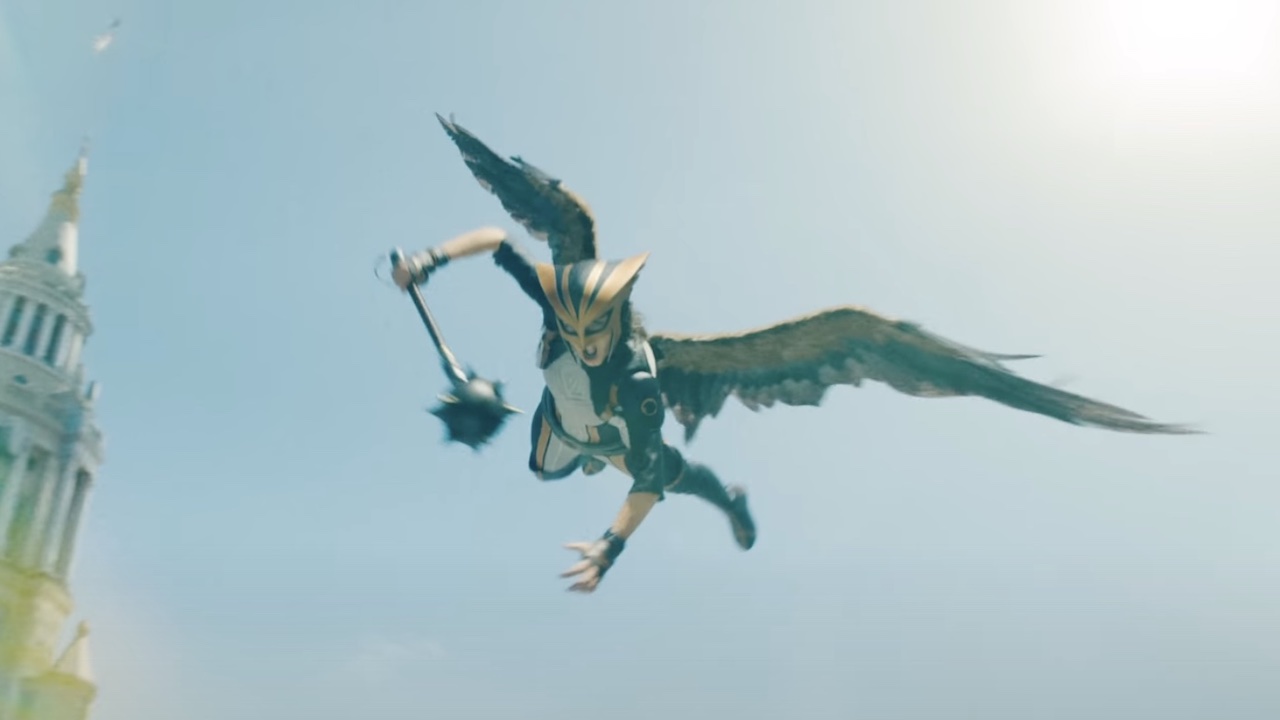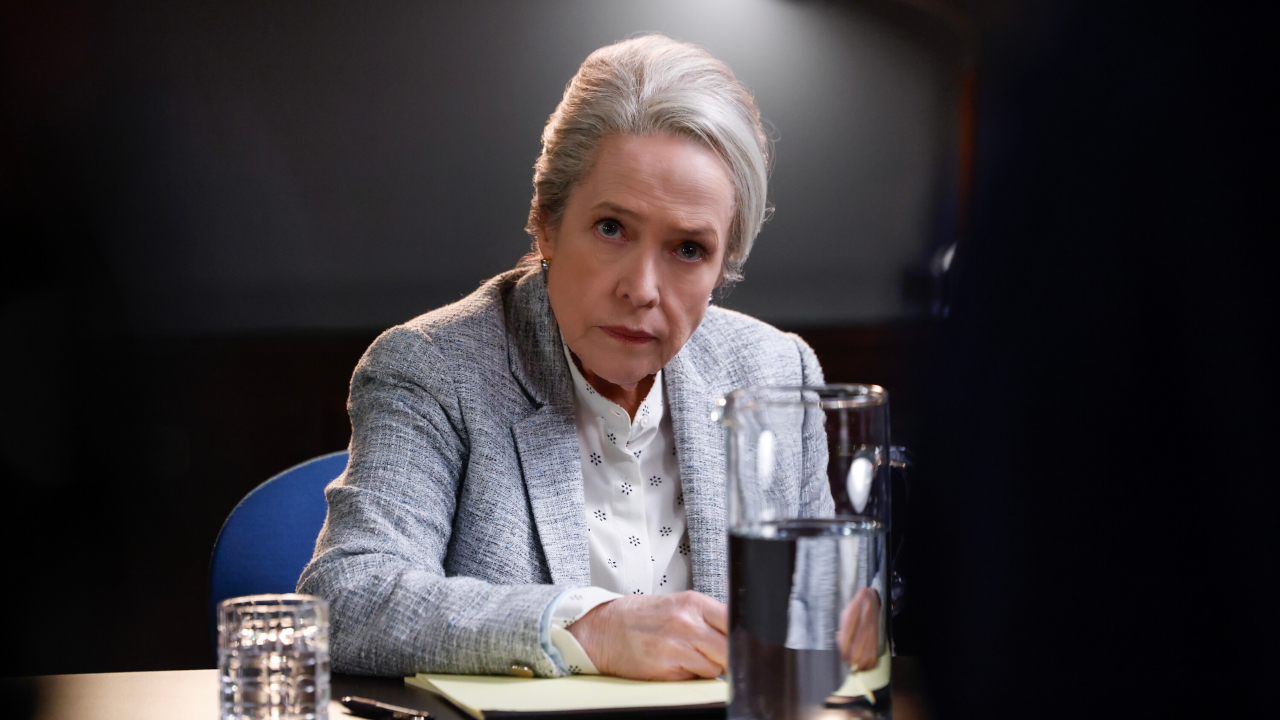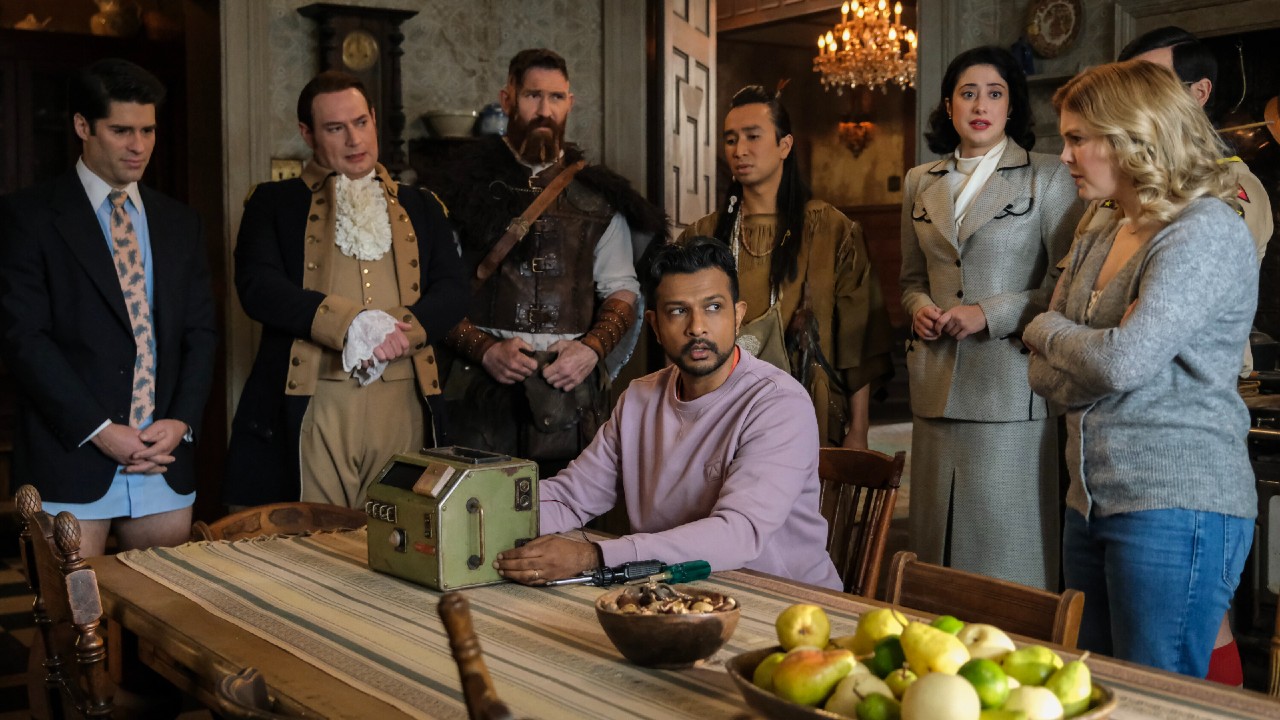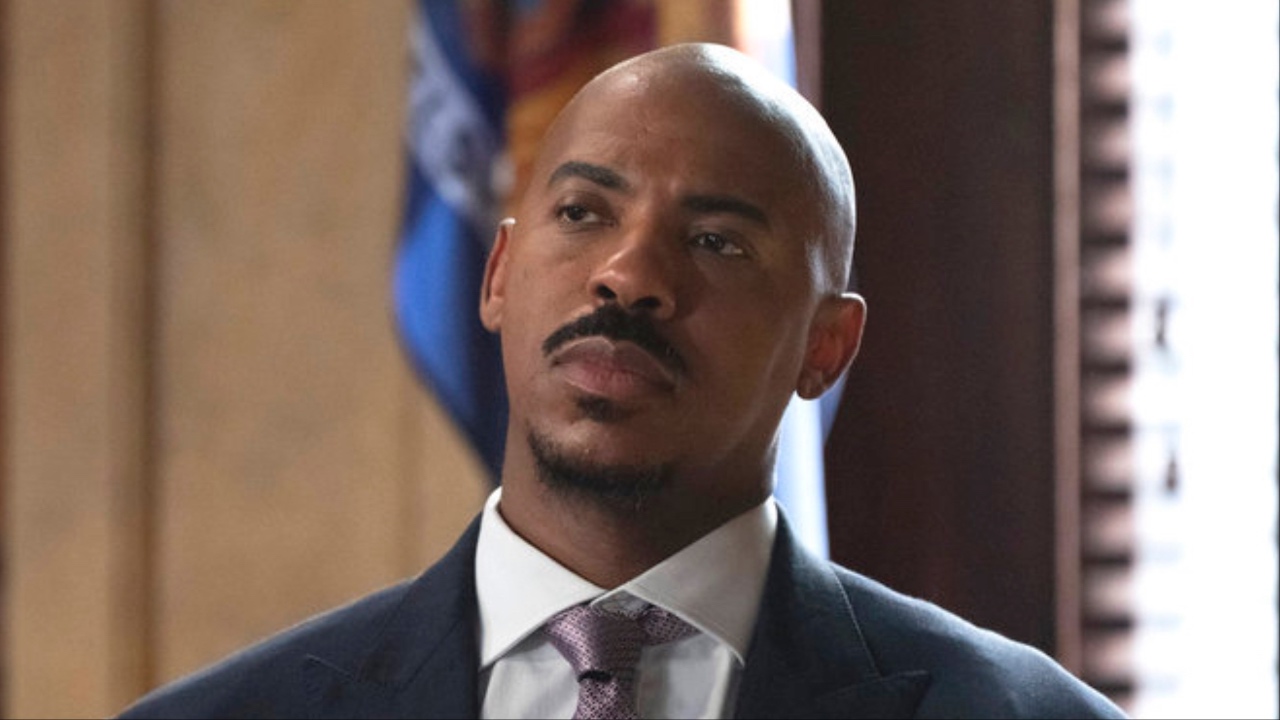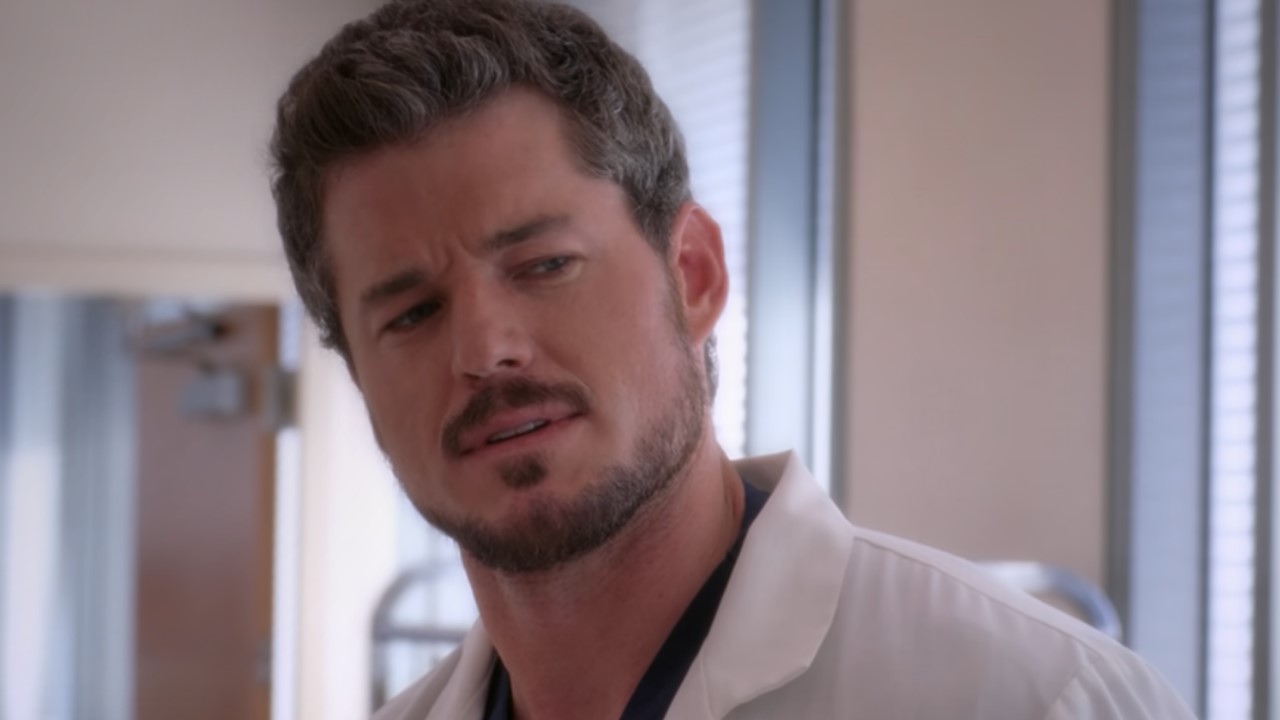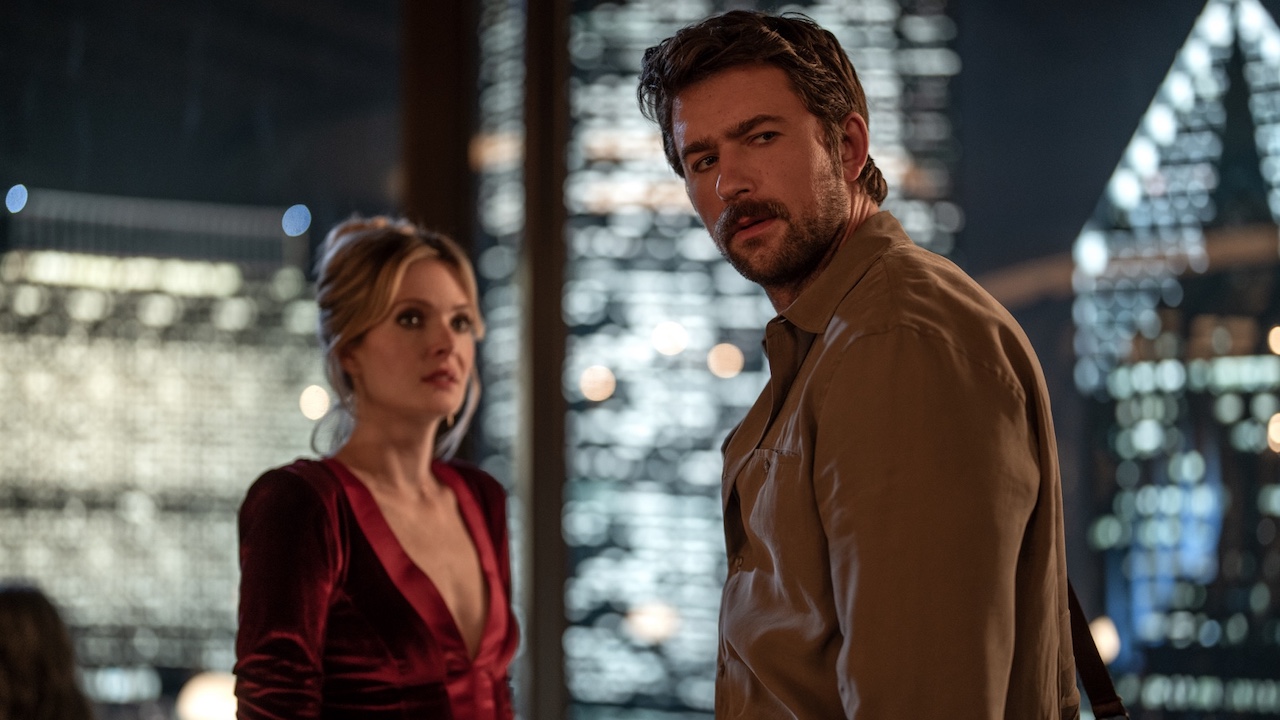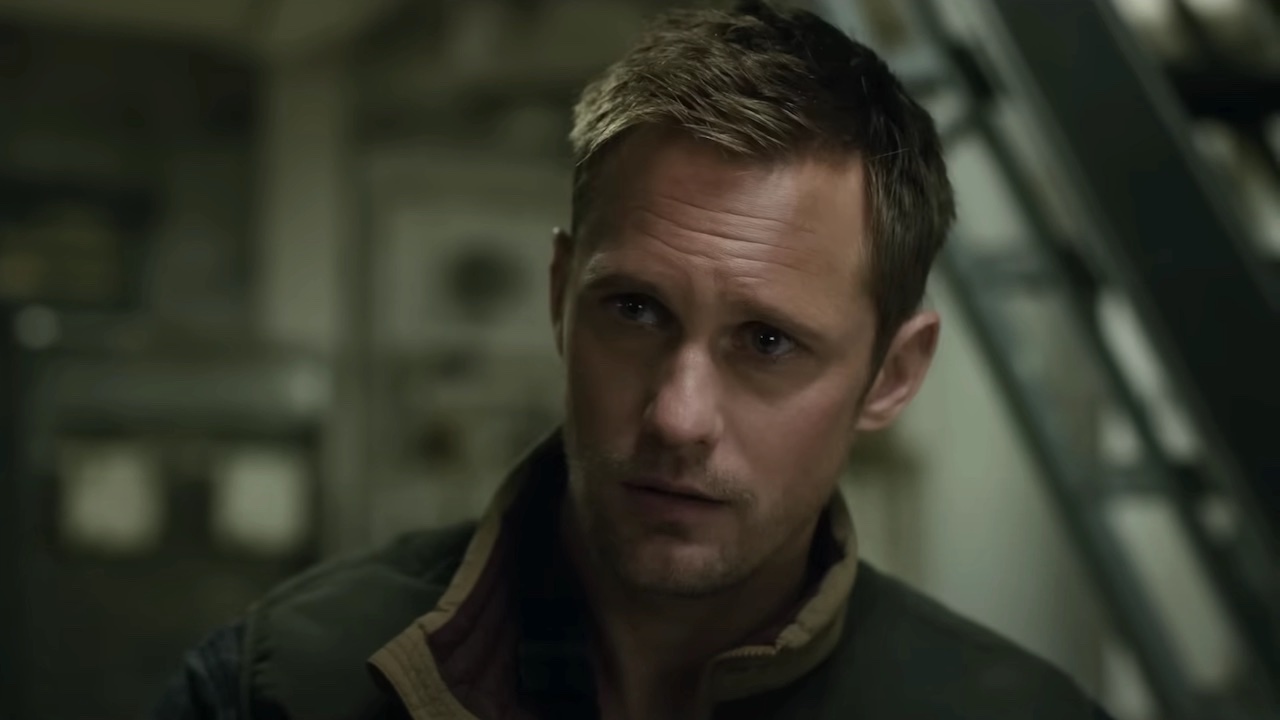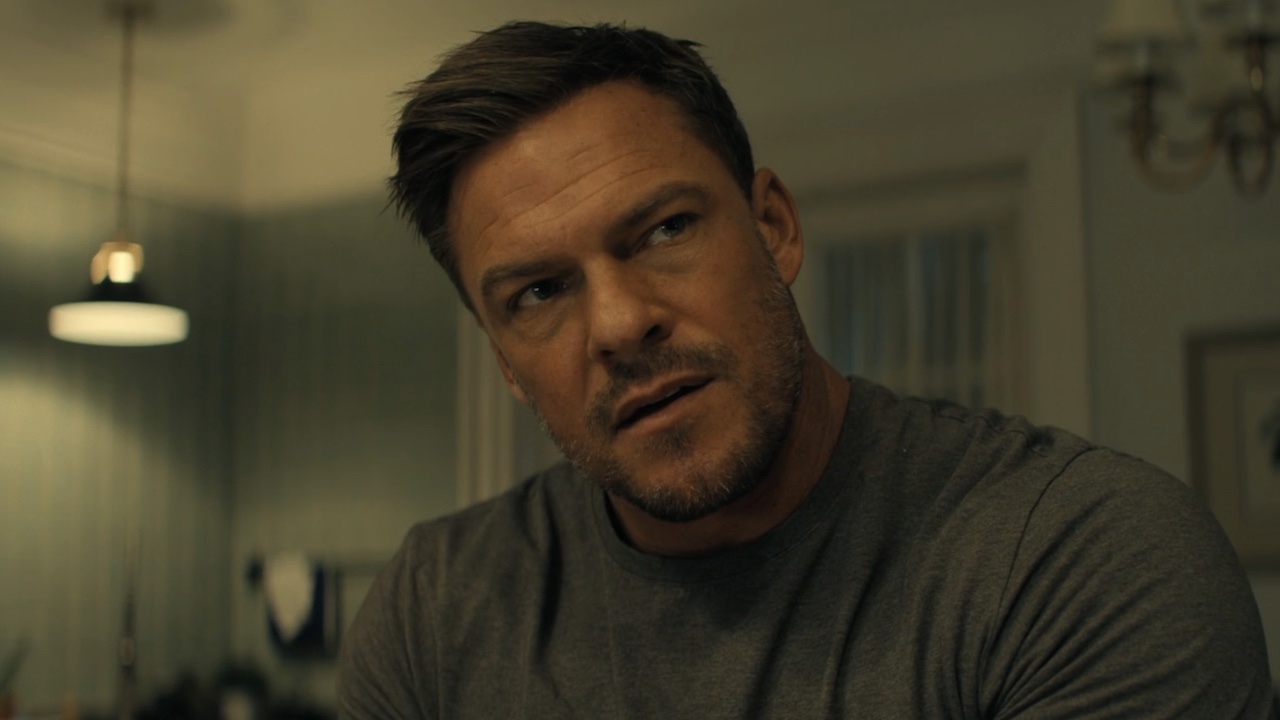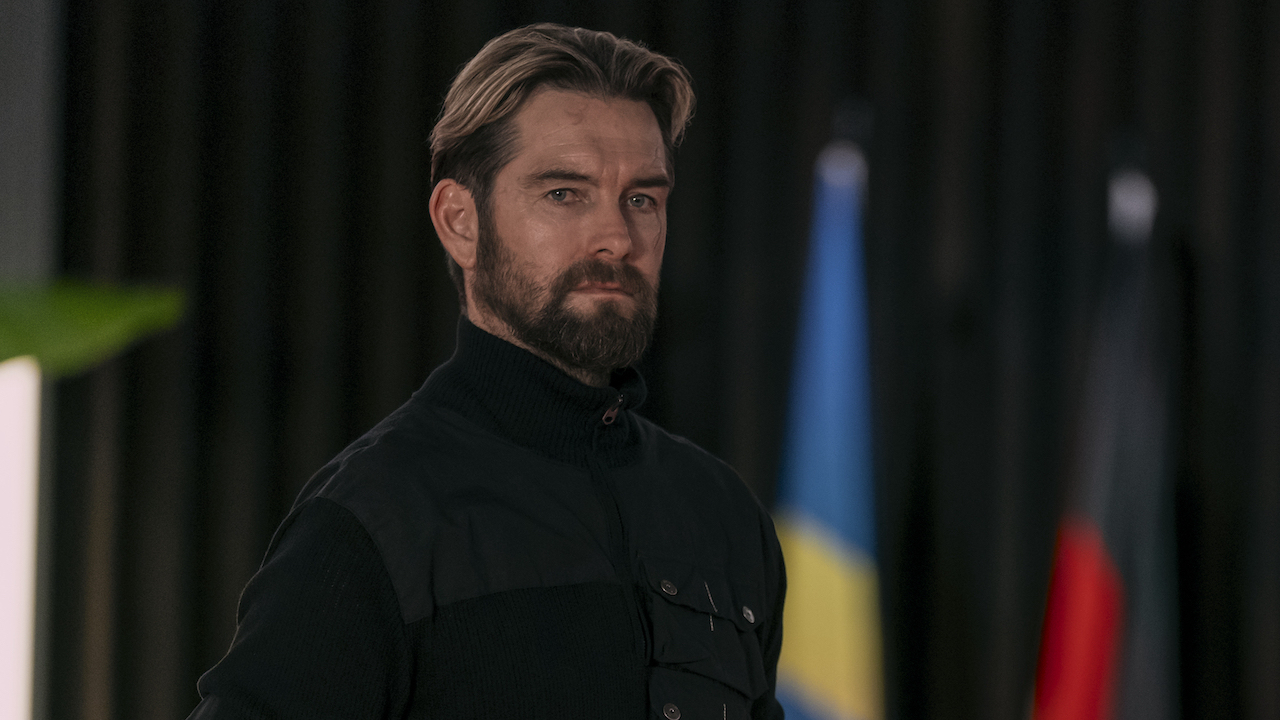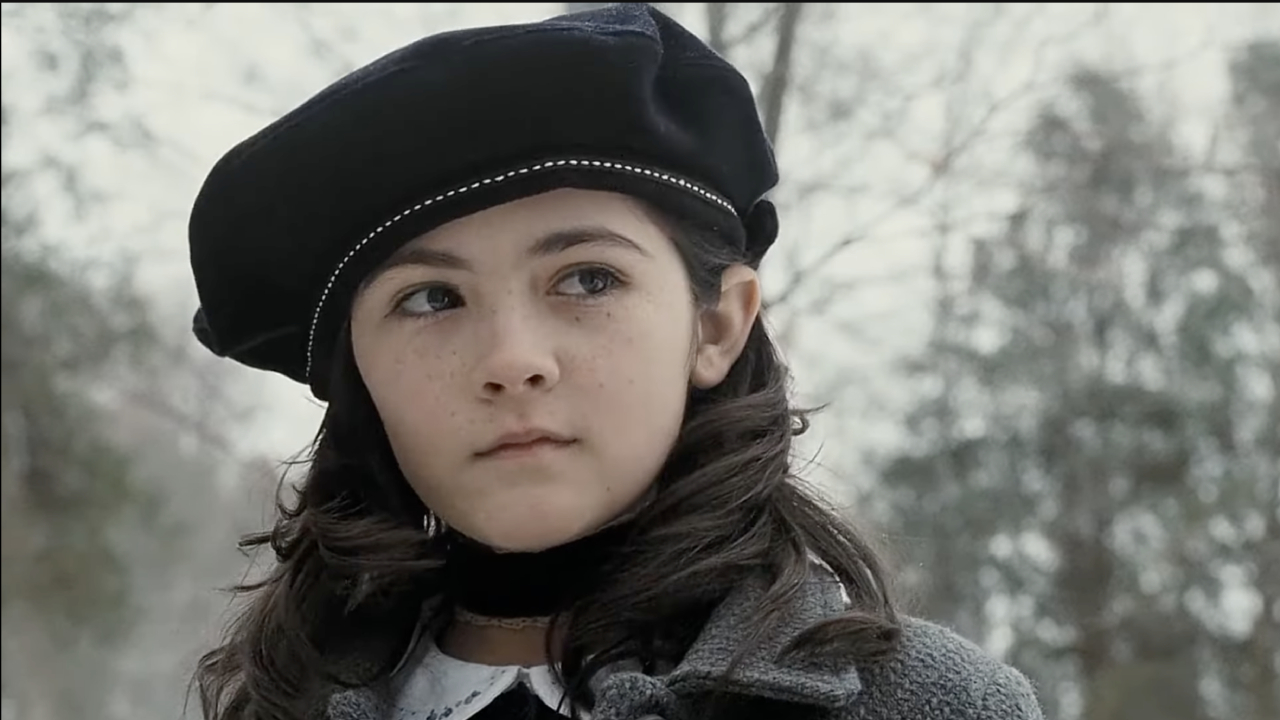How The Black Cauldron Almost Killed Walt Disney Animation
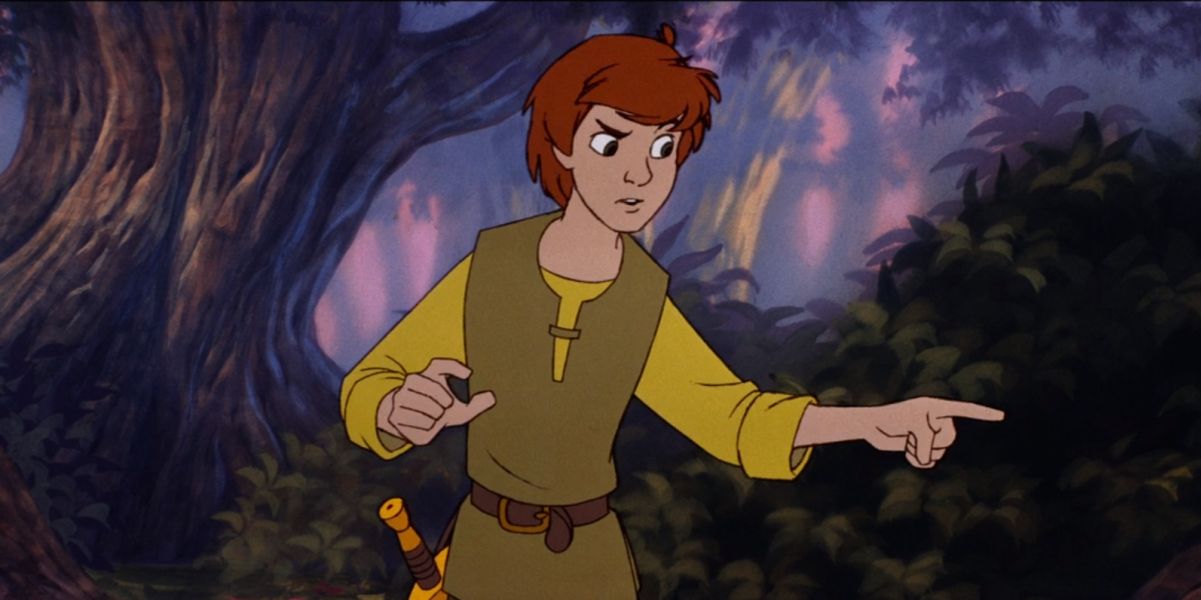
Today, Walt Disney Animation is as strong as it has ever been, with blockbusters like the Frozen franchise continuing to set box office records, and the likes of Zootopia walking away with Oscars. Disney animation has rarely been in a better position. However, things haven't always been so great.
Today’s success is the third great era of Walt Disney Animation. Disney saw its Golden Age with its first theatrical animated features, beginning with Snow White and the Seven Dwarfs, and then we had the Disney Renaissance of the 1990s. But to get to the Renaissance, you have to go through the Dark Ages, and Disney certainly did that, resulting in Disney Animation almost being destroyed entirely. 35 years ago this month saw the release of The Black Cauldron, the 25th animated feature film from Walt Disney Animation, one of the most unique and unusual films ever to come from the studio, and very nearly, the last.
The Black Cauldron had been in development at Disney since the early 1970s, when the studio optioned the rights to Lloyd Alexander’s The Chronicles of Prydain series. From the beginning, it was clear this would be a difficult project. As the book series covers numerous characters and plotlines over a long period of time, it was difficult for the story department to find the right angle for the plot of a single film. In addition, it was felt that the film could be a turning point for Walt Disney Animation from a style perspective, and that it could potentially be attractive to a wider and potentially more mature audience. That also meant the animation was going to be a lot more complex.
Originally, The Black Cauldron was set to be released in 1980, but when it became clear that the movie wouldn’t be ready in time, The Fox and the Hound was released instead and Cauldron was shifted to 1984. While we're now used to seeing new Disney animated projects every year, prior to the Disney Renaissance, it was normal to see years pass in between films. However, while that decision was made in order to give the film time to make the movie better, in its own way, the decision very nearly ended Walt Disney Animation.
The New Boss
In the fall of 1984, Michael Eisner became the new CEO of The Walt Disney Company, and he brought Jeffrey Katzenberg with him to take over as the head of Walt Disney Studios. Roy E. Disney was put in charge of the animation studio, party because that’s what Roy wanted, and it was essentially the 'thank you' to Roy for spearheading the transition of power that brought in Eisner and new president Frank Wells. But it’s also clear that nobody else wanted the gig, and certainly nobody really understood animation.
Jeffrey Katzenberg’s history was in live-action filmmaking, so that was clearly his focus. Live action was viewed as so much more important than animation, and in early 1985, Walt Disney Animation was actually moved off the studio lot and into warehouse space down the street in order to make more room at Disney for live-action production.
When getting up to speed on the company’s ongoing projects, Jeffrey Katzenberg was shown the current version of The Black Cauldron, and he, by all reports, hated it. He thought it was much too dark and scary, and that it would frighten children. Katzenberg wanted the really scary parts cut from the film, and due to the fact that he was new to Disney and had no history in animation, he didn’t understand the process. He reportedly clashed with animators who tried to explain that you couldn’t just edit animation the way you do live action. Katzenberg was willing to do it himself.
CINEMABLEND NEWSLETTER
Your Daily Blend of Entertainment News
The Black Cauldron Bombs
The Black Cauldron was delayed an additional six months, to the summer of 1985, so that Jeffrey Katzenberg’s desired changes could be made. In the documentary Waking Sleeping Beauty, producer Dohn Hahan says that The Black Cauldron ended up costing $44 million to produce, which was far more than its budget and also made it the most expensive animated movie of all time up to that point. The box office was not kind to The Black Cauldron; the movie only collected $21 million at the domestic box office, thus drawing in less money than fellow 1985 animated flick The Care Bears Movie.
Even before The Black Cauldron was released, it was clear that the new heads of Disney did not see animation as the future of the company. After the movie had flopped, this became all the more clear. While it’s difficult to say just how close Walt Disney Company actually came to giving up on the entire division, what is absolutely clear is that it could have happened. Animated films were expensive and time-consuming, so when they bombed, it hurt badly.
In the end, the only reason that Walt Disney Animation moved forward on Basil of Baker Street, the movie that would eventually become The Great Mouse Detective, is because the movie was already far enough into production that it made more sense to finish it than it did to kill it.
Luckily, that decision would be the ultimate reason Walt Disney Animation still exists today. While The Great Mouse Detective wasn’t a massive hit, it was a financial success, enough so that it was clear that money could be made in animation. Two of The Great Mouse Detective directors, John Musker and Ron Clements, would go on to co-direct a movie called The Little Mermaid. And the rest, as they say, is history.
As with any Renaissance, it doesn’t last forever, and eventually Walt Disney Animation would again fall on hard times. In fact, there came another time, following the acquisition of Pixar, that the idea of closing Walt Disney Animation would again be considered. Luckily, it was actually the team at Pixar who saw Walt Disney Animation Studios as a place with a legacy worthy of protection, who refused to let it go.
The Black Cauldron's Legacy
The Black Cauldron itself has a legacy somewhat befitting such a controversial film. While it hasn’t been completely forgotten by Disney, the company also doesn't make much of a point to remember it. The Great Mouse Detective is the movie often credited with being the first animated Disney film to use computers in the animation, but that honor actually belongs to Cauldron.
You’d be hard-pressed to find any reference to The Black Cauldron in the Disney theme parks. The most prominent use of the property in the parks came as part of the Cinderella Castle Mystery Tour attraction which included the Horned King as its villain. That ran until 2006 at Tokyo Disneyland, which, probably not coincidently, is the one Disney park that isn’t completely controlled by the Walt Disney Company.
A few years ago it was reported that Disney had once again acquired the rights to The Chronicles of Prydain series, so perhaps we could see a live-action remake of this movie; one that could perhaps use the remake treatment more than some of those that have received it.
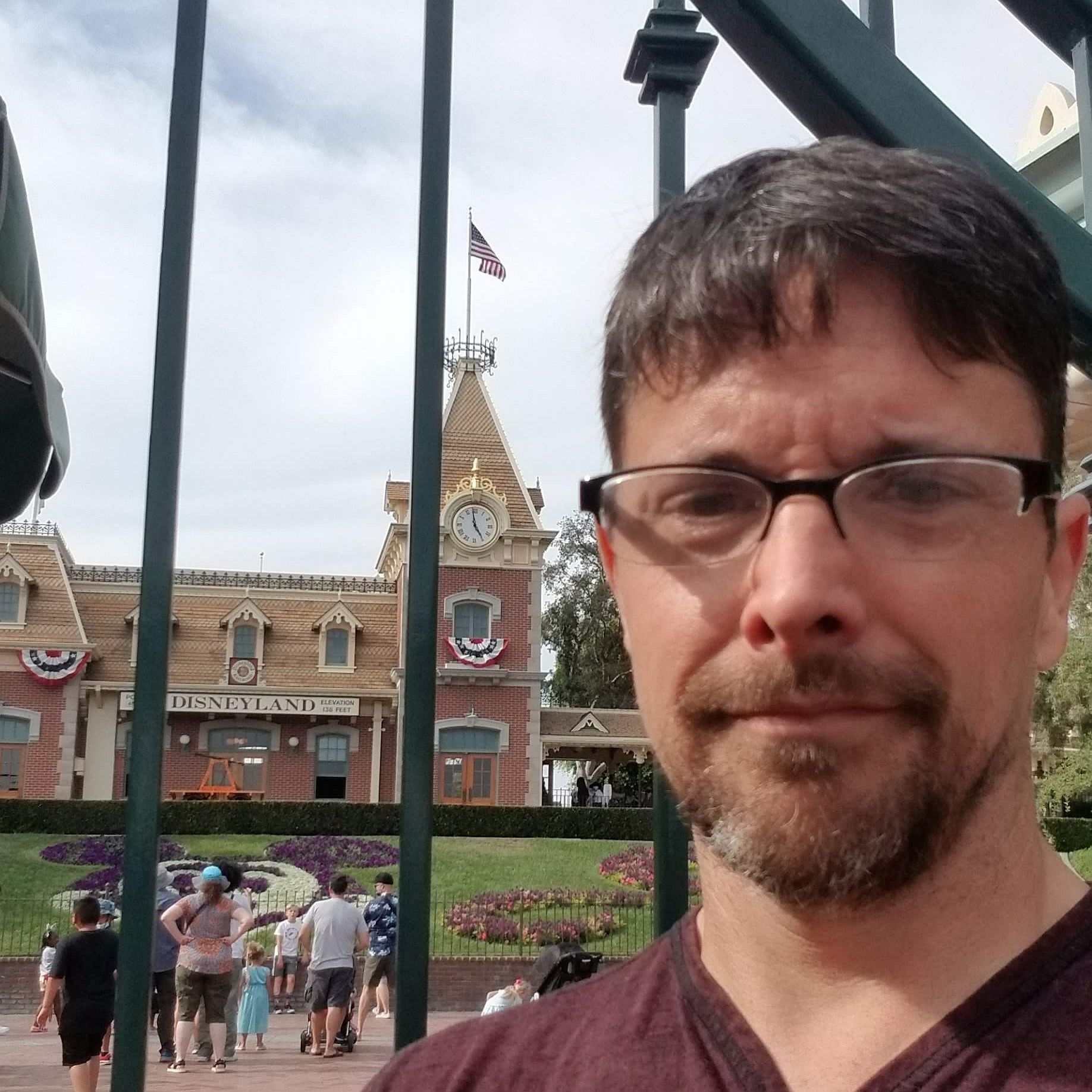
CinemaBlend’s resident theme park junkie and amateur Disney historian, Dirk began writing for CinemaBlend as a freelancer in 2015 before joining the site full-time in 2018. He has previously held positions as a Staff Writer and Games Editor, but has more recently transformed his true passion into his job as the head of the site's Theme Park section. He has previously done freelance work for various gaming and technology sites. Prior to starting his second career as a writer he worked for 12 years in sales for various companies within the consumer electronics industry. He has a degree in political science from the University of California, Davis. Is an armchair Imagineer, Epcot Stan, Future Club 33 Member.
